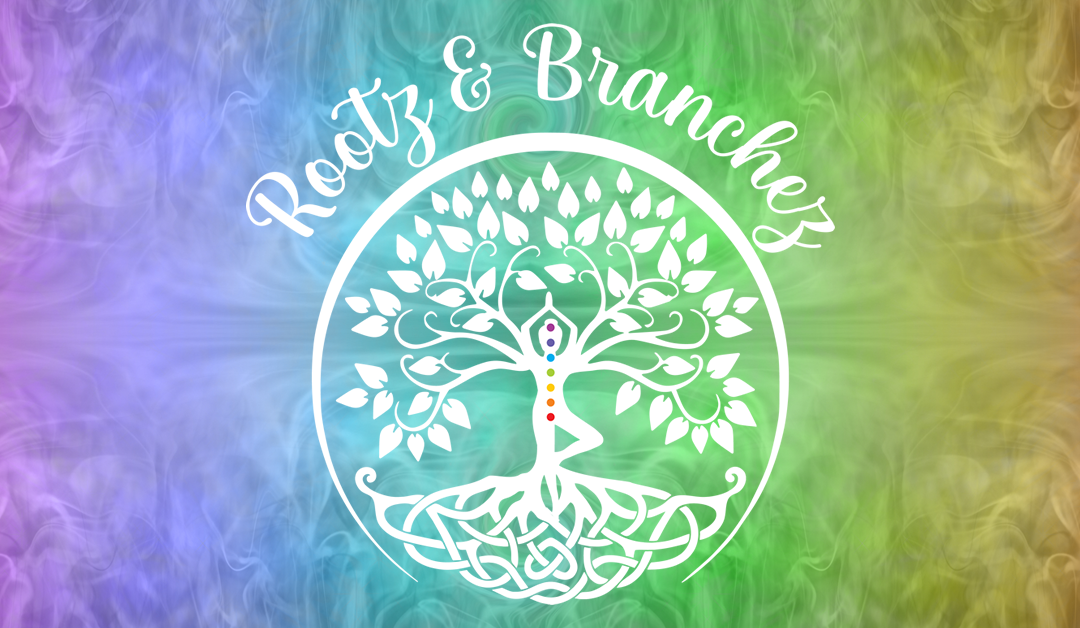1. Root Chakra (Muladhara)
The Muladhara, or root chakra, represents our foundation. It correlates to our senses of security and fear. On our body, it sits at the base of the spine and gives us the feeling of being grounded. When the root chakra is open, we feel confident in our ability to withstand challenges and stand on our own two feet. When it’s blocked, we feel threatened, as if we’re standing on unstable ground.
Matra: I am safe / I am
2. Sacral Chakra (Swadhisthana)
The Swadhisthana, or sacral chakra, helps inform how we relate to our emotions and the emotions of others. It also governs creativity, passion, traumatic response, and sexual energy. On our body, it sits right below the naval. When the sacral chakra is open we may feel passion, become creative, and easily connect to others on an intimate level. Those with a blocked sacral chakra could feel a lack of control in their lives.
Mantra: I am creative / I feel
3. Solar Plexus Chakra (Manipura)
The Manipura, or the solar plexus chakra, speaks to your ability to be confident and in control of your life. It is directly responsible for our motivation, ego, and self-esteem. On our bodies it is located right above the naval. Those with open sacral chakras are free to express their true selves.
If your solar plexus chakra is blocked, you might feel overwhelming amounts of shame and self-doubt. Those with open sacral chakras are free to express their true selves.
Mantra: I am strong / I do
4. Heart Chakra (Anahata)
The Anahata, or heart chakra, is the bridge between the lower chakras (associated with materiality) and the upper chakras (associated with spirituality). As the name suggests, this chakra can influence our ability to give and receive love—from others and ourselves. On our bodies it is located in the center of our chest. If someone’s heart is open, they can experience deep compassion and empathy. Someone with a blocked heart chakra will have difficulty fully opening up to the people in their life.
Matra: I am loved / I love
5. Throat Chakra (Vishuddha)
The Vishuddha, or throat chakra, gives voice to the heart chakra and controls our ability to communicate our personal power and truth. It also contributes to our abilities to effectively listen to other people’s communication. On our body it is located at the base of the neck. When it’s functioning at full capacity, it allows us to express ourselves truly and clearly. Someone with a blocked throat chakra will feel like they have trouble finding the words to say how they truly feel.
Mantra: I am expressive / I speak
6. Third-Eye Chakra (Ajna)
The Anja, or third-eye chakra, controls our ability to see the big picture and connect to our intuition. It plays a huge part in our self-awareness. On our bodies it is located in the center of our forehead, right above the brow bone. Think of it as the eye of the soul: It registers information beyond the surface level. Visions and intuitive hits are not uncommon for someone with an open third-eye chakra. If the third-eye chakra is blocked, it can negatively affect your ability to concentrate, process information, keep cool under pressure, and have a sense of self (mind of your own).
Mantras: I am connected / I understand
7. Crown Chakra (Sahasrara)
The Sahasrara, or crown chakra, the highest chakra, represents our ability to be fully connected spiritually. On our bodies it is located at the top of our skull. When you fully open your crown chakra—something very few people ever do!—you’re able to access a higher consciousness. When the crown chakra is blocked you may become very close-minded to faith, new ideas, and even feel disassociated at times.
Mantras: I am divine / I see

